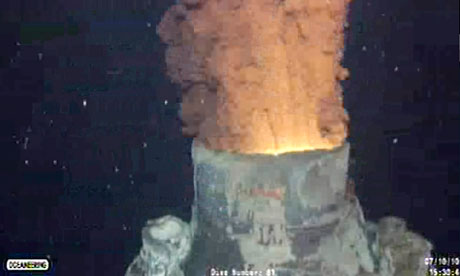- Joined
- Aug 16, 2009
- Messages
- 826
- Points
- 0
Could this tip the scale and bring the world to a new ice age faster?
 27CDB6E-AE6D-11cf-96B8-444553540000" width="480" height="418" id="VideoPlayerLg46971"><param name="movie" value="http://g4tv.com/lv3/46971" /><param name="allowScriptAccess" value="always" /><param name="allowFullScreen" value="true" /><embed src="http://g4tv.com/lv3/46971" type="application/x-shockwave-flash" name="VideoPlayer" width="480" height="382" allowScriptAccess="always" allowFullScreen="true" /></object><div style="margin:0;text-align:center;width:480px;font-family:Arial,sans-serif;font-size:12px;color:#FF9B00;"><a href="http://g4tv.com/games/reviews/" style="color:#FF9B00;" target="_blank">Game Reviews</a> - <a href="http://g4tv.com/e32010" style="color:#FF9B00;" target="_blank">E3 2010</a> - <a href="http://g4tv.com/attackoftheshow/exclusives/index.html" style="color:#FF9B00;" target="_blank">AOTS Exclusive</a></div>
27CDB6E-AE6D-11cf-96B8-444553540000" width="480" height="418" id="VideoPlayerLg46971"><param name="movie" value="http://g4tv.com/lv3/46971" /><param name="allowScriptAccess" value="always" /><param name="allowFullScreen" value="true" /><embed src="http://g4tv.com/lv3/46971" type="application/x-shockwave-flash" name="VideoPlayer" width="480" height="382" allowScriptAccess="always" allowFullScreen="true" /></object><div style="margin:0;text-align:center;width:480px;font-family:Arial,sans-serif;font-size:12px;color:#FF9B00;"><a href="http://g4tv.com/games/reviews/" style="color:#FF9B00;" target="_blank">Game Reviews</a> - <a href="http://g4tv.com/e32010" style="color:#FF9B00;" target="_blank">E3 2010</a> - <a href="http://g4tv.com/attackoftheshow/exclusives/index.html" style="color:#FF9B00;" target="_blank">AOTS Exclusive</a></div>spare me Obama and the US govt hypocrisy. It's only because it is BP and NOT an american company like Exxon or Standard oil that they whacked its chairman on the inquiry(televised live) and humilate him like a schoolboy naad make him look like an idiot. How come in Exxon Valdez incident they did not do the same to Exxon president??? Double standard and pure Obama crap. anyway if you look at it america have never champion green issues and they are the worst polluters on earth(see UN report) with gas guzzling SUV and all the airplanes they fly. That's why although always say they support green issues, they refuse to sign the Kyoto protocol all these years. This is perfect retribution. wake up and stop being cry babies.How much oil was it leaking a day ?
Estimates from the preliminaries suggested 1000 barrels perday,(they were joking) to 5000 barrels perday and newly revised to 40,000 barrels perday and still mounting...
All in all, BP is trying to wrangle itself out of responsibilty and it has its minnions, the eco-warrior inc. to do its dirty jobs by not speaking the truth.
MSMs' on this subject varied so much with the alternate news sites, on reading between the lines, most all those ecowarriors have been silenced by the mighty dollars. Yes, They have been bought as everything has its prices and the amounts the BP is willing to fork out to cover this disaster are staggering. How about 10B Sterling Pounds and a "stay out of jail ticket?"
Only after the magnitude of the disaster became evident did Obama order Homeland Security Secretary Napolitano to declare the oil disaster a “national security issue.” Although the Coast Guard and FEMA are part of her department, Napolitano’s actual reasoning for invoking national security, according to Madsen, was merely to block media coverage of the immensity of the disaster that is unfolding for the Gulf of Mexico and Atlantic Ocean and their coastlines.




